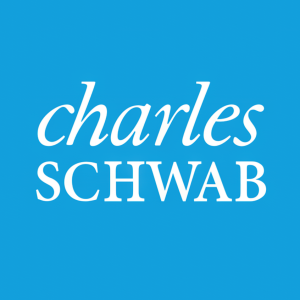Schwab Trading Activity Index™: Score Continues Month-over-Month Increase in February
Schwab clients were net buyers in February, with the most pronounced buying within the Information Technology, Utilities and Health Care sectors

Schwab Trading Activity Index February 2024 (Graphic: Charles Schwab)
The reading for the four-week period ending February 23, 2024 ranks “moderate low” compared to historic averages.
“The STAX score has been on the rise since November of last year, making this the fourth consecutive month Schwab clients have increased exposure to the markets,” said Joe Mazzola, Director of Trading and Education at Charles Schwab. “Just as they did last month, more clients bought equities than sold in February, contributing to the record-setting ascent in the equity markets during the period even as they continued to demonstrate cautious optimism and discernment in their purchases and allocations.”
In February, the Consumer Price Index (CPI) rose by
Bullish investors appeared to put more stock into earnings growth than macro headwinds, driving both the Nasdaq and S&P 500 to new all-time highs late in the February STAX period; On February 23, the Nasdaq Composite reached 16,134.22 while the S&P 500 (SPX) rose to 5,111.06. The CBOE Volatility Index (VIX) rose
Popular names bought by Schwab clients during the period included:
- NVIDIA Corp. (NVDA)
- Alphabet Inc. (GOOGL/GOOG)
- Advanced Micro Devices (AMD)
- Super Micro Computer Inc. (SMCI)
- Arm Holdings PLC (ARM)
Names net sold by Schwab clients during the period included:
- Walt Disney Co. (DIS)
- Palantir Technologies Inc. (PLTR)
- Marathon Digital Holdings Inc. (MARA)
- Ford Motor Co. (F)
- General Motors Co. (GM)
About the STAX
The STAX value is calculated based on a complex proprietary formula. Each month, Schwab pulls a sample from its client base of millions of funded accounts, which includes accounts that completed a trade in the past month. The holdings and positions of this statistically significant sample are evaluated to calculate individual scores, and the median of those scores represents the monthly STAX.
For more information on the Schwab Trading Activity Index, please visit www.schwab.com/investment-research/stax. Additionally, Schwab clients can chart the STAX using the symbol $STAX in either the thinkorswim® or thinkorswim Mobile platforms.
Investing involves risk, including loss of principal. Past performance is no guarantee of future results.
Content intended for educational/informational purposes only. Not investment advice, or a recommendation of any security, strategy, or account type.
Historical data should not be used alone when making investment decisions. Please consult other sources of information and consider your individual financial position and goals before making an independent investment decision.
The STAX is not a tradable index. The STAX should not be used as an indicator or predictor of future client trading volume or financial performance for Schwab. STAX data includes that from accounts of TD Ameritrade clients which have not yet transferred to Charles Schwab & Co., Inc., as part of our planned integration.
TD Ameritrade, Inc., member FINRA/SIPC, a subsidiary of The Charles Schwab Corporation. TD Ameritrade is a trademark jointly owned by TD Ameritrade IP Company, Inc. and The Toronto-Dominion Bank.
About Charles Schwab
At Charles Schwab, we believe in the power of investing to help individuals create a better tomorrow. We have a history of challenging the status quo in our industry, innovating in ways that benefit investors and the advisors and employers who serve them, and championing our clients’ goals with passion and integrity.
More information is available at aboutschwab.com. Follow us on X, Facebook, YouTube, and LinkedIn.
0324-NJ1N
View source version on businesswire.com: https://www.businesswire.com/news/home/20240304841142/en/
At the Company
Margaret Farrell
Director, Corporate Communications
(203) 434-2240
margaret.farrell@schwab.com
Source: The Charles Schwab Corporation







